
Brad’s Top Spotted Mackerel Fishing Tips
- The three main reef systems off the Gold Coast that fish well for mackerel are Palm Beach Reef, Mermaid Reef and the Gravel Patches. Palm Beach Reef is the closest in, only 500m or so from the beach an accessible with care by Kayak or small tinnie if the weather is good.
- Access from Currumbin or Tallebudgera creeks is via a natural bar-way and is hazardous to those not experienced in bar crossings. Do your research, get local advice, watch the weather and register your trip with the VMR at Currumbin before and after crossing the bar.
- Mackerel can sometimes be caught through the day, but mostly the action happens in the morning and it quietens off in the afternoons.
- Spotted mackerel are best from October through until April (or May if warm weather persists). School (doggy) mackerel are more of a wintertime target.
- It’s not common to see surface activity from Gold Coast mackerel, but if you do see birds working, head straight over and work the area. More commonly, hardcore local anglers tend to anchor on one of three or four underwater pinnacles to target macks. Finding fish can often be a case of finding an accumulation of boats and working that area over.
- Smithy likes to cast or troll lures down current of the mass of anchored boats, effectively targeting the fish that are in the collective burley trail of all the boats on the reef.
- Expect the tax man to be in attendance. Tiger sharks often follow schools of mackerel and at times it can be frustrating trying to get intact fish to the boat. Don’t throw away fish that have been “sharked” though, put them on ice as they’ve been bled out and can be great eating.
Notes: Ciguatera (tropical fish) poisoning is often associated with Spanish Mackerel, especially the larger specimens. It tends to be less of a problem as far south as the Gold Coast, but treat large Spanish macks with caution, just in case. Also be sure to dispatch fish you intend to eat quickly, bleed them out and put them on ice. Mackerel flesh deteriorates faster than most other fish species and poorly handled macks can a particularly severe illness called “Scombroid Fish Poisoning”.
Warning: Never place your fingers near the mouth of any mackerel whilst unhooking it, and always release or dispatch them quickly to avoid bites. Take care even when cleaning fish as many anglers have been accidentally cut to the bone by the teeth of dead mackerel.
Smithy’s Mackerel Fishing Tackle
- For high speed spinning and for trolling, a fast taper 7-8ft rod in the 10kg line class with a quality spin reel capable of holding 300m of mono line and with a silky smooth drag system is ideal. Mono line gives a little shock absorption, which Brad finds beneficial for this style of fishing.
- Brad uses a short length of 20lb multi-strand stainless steel trace to reduce bite-offs, but removes it and runs mono direct to the lure if the bit is slow.
Smithy’s Mackerel Fishing Lures
- 25-30g laser metal slugs in white, pink, red head/white body or chrome are reliable for high speed spinning. Usually it’s just a matter of casting long, leaving the bail arm open for a few seconds after the lure hits the water and then cranking as fast as you possibly can back to the boat. Occasionally the burn and kill (fast winds interspersed with pauses) will work, but generally it’s all about speed.
- 4” Pink Squids are simple and effective. Simply place a been or torpedo sinker inn the head, thread your line through and tie on a 3 gang of hooks, then troll around down current of where the boats are anchored at around 13 knots concentrating on areas where you’re seeing activity on other boats.
- Minnow lures in the 4” range that are capable of being trolled quite fast are a great option for mackerel fishing. Smithy likes the Halco Laser Pro and the Rapala. These can be trolled at 6-10 knots and have the advantage of sometimes attracting an oversized cobia too.
- Mackerel aren’t fussy and don’t get much chance to look at a fast moving lure, so a torpedo sinker with some white chook feathers held on with red electrical tape makes a cheap and effective option when bite-offs are making a hole in your wallet.
Brad Smith
Fishing Journalist And Guide
Smithy operates the Gold Coast’s longest running guided fishing service, “Brad Smith Fishing Charters”, having operated for 25 years in 2019. Over this entire period his business has distinguished itself by being a lure fishing only operation. Brad frequently writes for Bush and Beach magazine and has made radio and television appearances as a fishing presenter. In a former life, he made a living from mackerel fishing…..
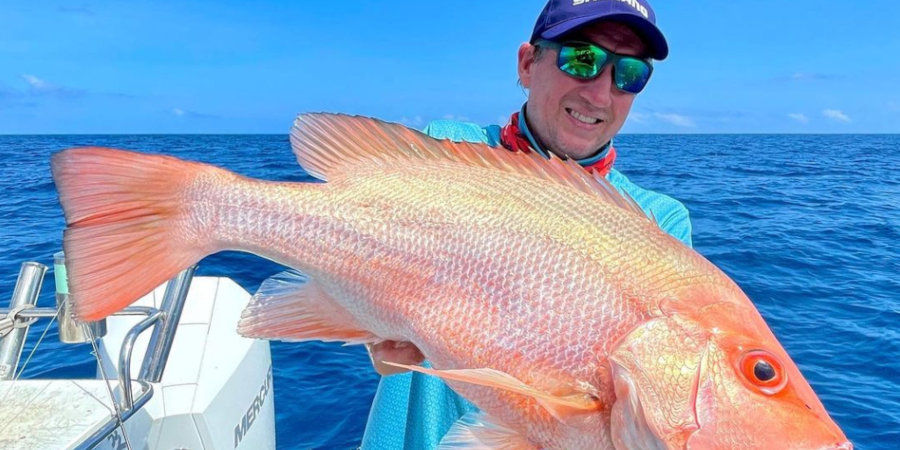
Five Groote Eylandt Fishing Adventures With Bomber Farrell
Bomber Farrell returns to the ALF podcast, this time to explain his top five Groote Eylandt fishing experiences!

Episode 558: Beach Pelagics With Ben Svenson
Usually when it comes to targeting large Spanish mackerel, giant trevally, tunas and other pelagic speedsters we’re fishing inshore and offshore reefs from a boat, or perhaps from rocks and cliffs that give access to deep water. But a unique opportunity exists on the Western Australian coastline between Geraldton and Exmouth to target large pelagic species from the beaches! Ben Svenson has been honing his skills on these fish for the past 12 months with plenty of success and shares his learnings in todays ALF interview.
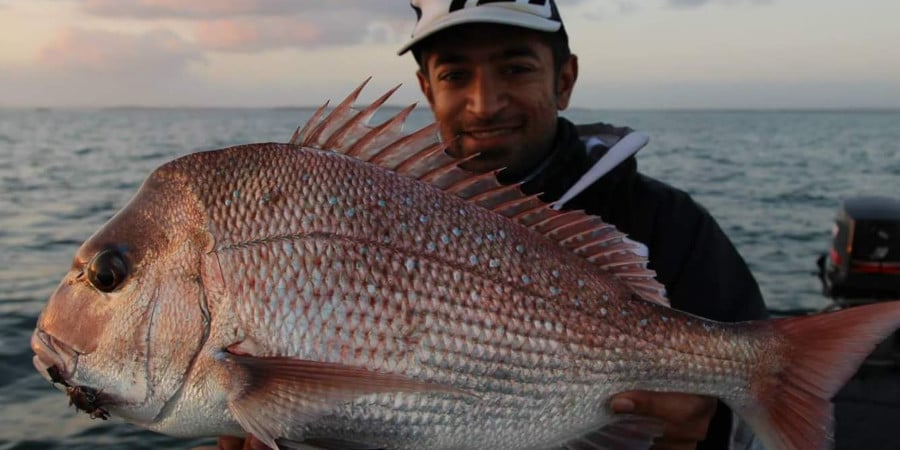
Discover the Best Fishing Spots in Southeast Queensland this Spring
For the boating angler, Southeast Queensland during spring is all about big snapper, quality jewfish, threadfin salmon, flathead and plenty more! Nabeel Issa is a multiple time ALF podcast guest and always has plenty of great info to share. Today he walks us through why spring is his favourite time to fish in SEQ and gives us the rundown on how, when and where.
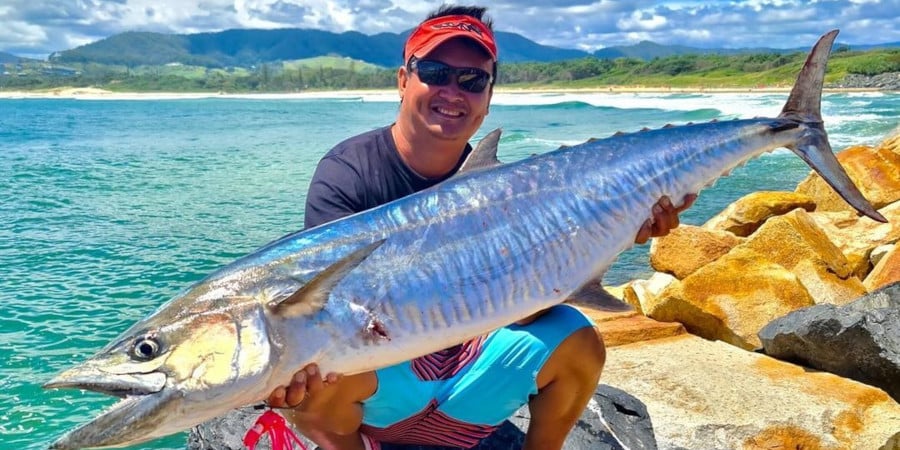
Episode 483: Land-based 1770 Spanish Mackerel With Goshie Gman
Quality Spaniards are a test at any time, but when they’re taken from the stones on a cast lure they are something special. Goshie GMan shares his experience in this episode.
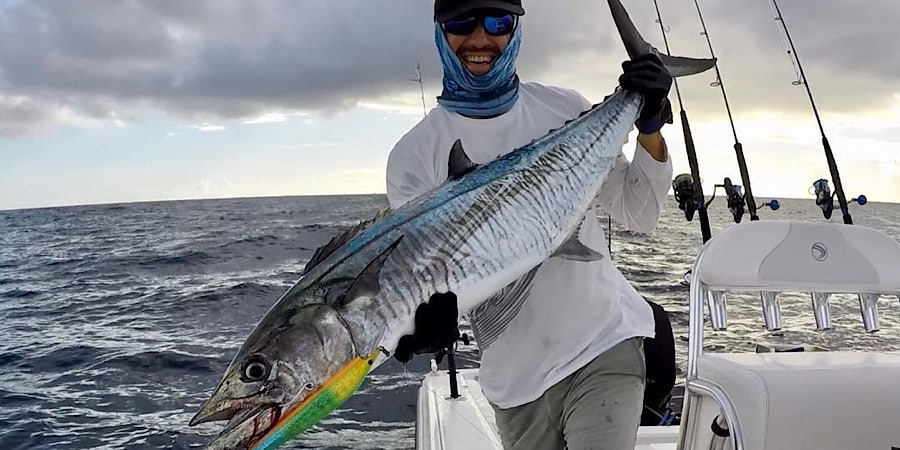
Episode 292: Noosa Spanish Mackerel With David Leonard
Noosa has a reputation for being a top place to target Spanish mackerel, and our guest for Episode 292, David Leonard, has a reputation for knowing how to catch them. In this episode he shares some tips from his “Advanced Mackerel Techniques” video.
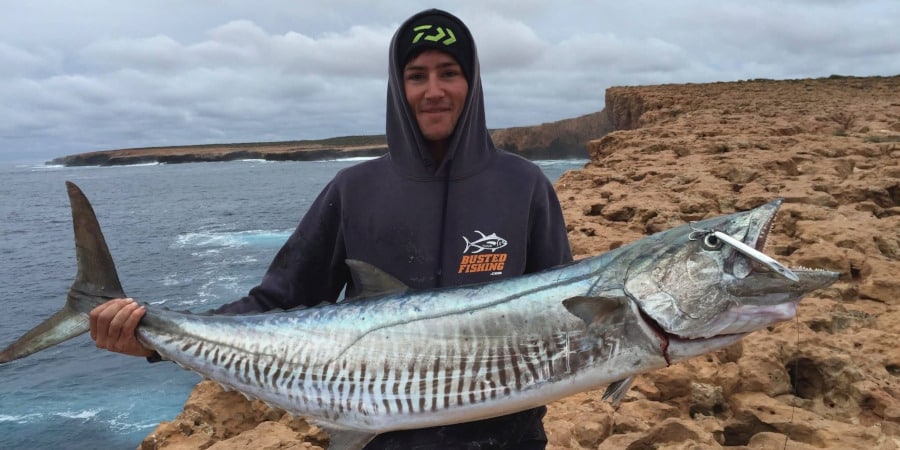
Episode 150: Dirk Hartog Spanish Mackerel With The Dixon Brothers
The Dixon brothers have quickly developed a reputation for their ability to tackle some pretty amazing (and sizeable) fish from the rocks. In Episode 150 they share their tips for Spanish mackerel at Western Australia’s Dirk Harthog Island.

Five Groote Eylandt Fishing Adventures With Bomber Farrell
Bomber Farrell returns to the ALF podcast, this time to explain his top five Groote Eylandt fishing experiences!

Episode 558: Beach Pelagics With Ben Svenson
Usually when it comes to targeting large Spanish mackerel, giant trevally, tunas and other pelagic speedsters we’re fishing inshore and offshore reefs from a boat, or perhaps from rocks and cliffs that give access to deep water. But a unique opportunity exists on the Western Australian coastline between Geraldton and Exmouth to target large pelagic species from the beaches! Ben Svenson has been honing his skills on these fish for the past 12 months with plenty of success and shares his learnings in todays ALF interview.

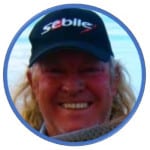

0 Comments